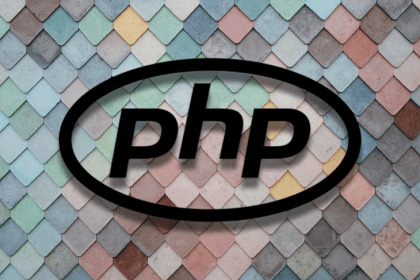
Learn how to use DependencyInjection and service containers to manage the services in your complex PHP app.
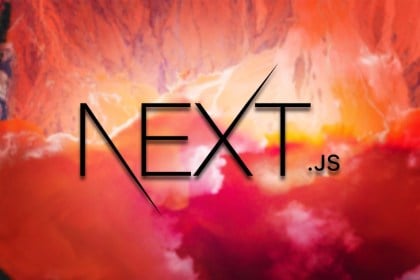
Learn the difference between server-side rendering (SSR) and static site generation (SSG) in Next.js, and how to use them in tandem.
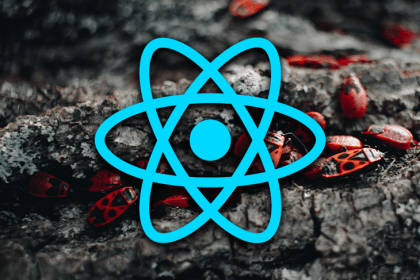
This demonstration shows how to detect and resolve performance issues in React using the library Why Did You Render.
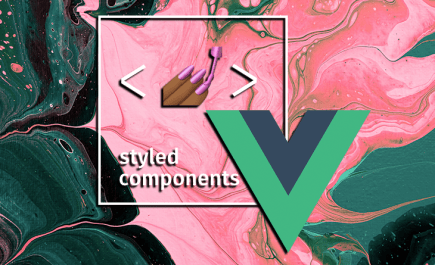
Learn how utilizing styled-components to theme in Vue.js can provide an alternative way to style compared to traditional CSS in JavaScript.

MobX can be used for large-scale applications. Learn how to structure app state, define relationships between data, and more here.

Using React compound components, learn how to dynamically switch from a table to grid layout for an interactive interface.
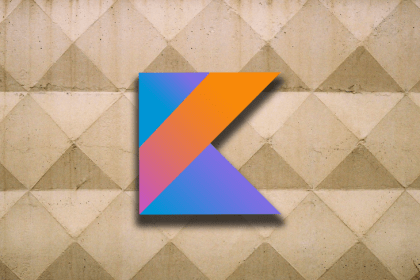
Dive deeper into Kotlin coroutines — suspendable computations similar to threads that simplify asynchronous programming in Kotlin.
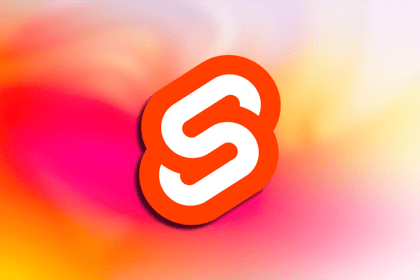
The newest Svelte-based framework for creating web apps is here with the release of SvelteKit, and explore how easy it is to create apps.
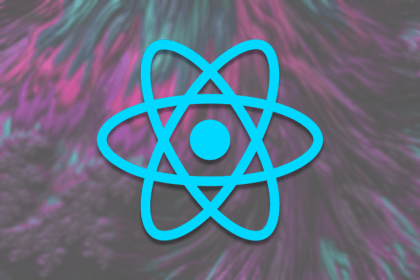
Learn how to use AWS Cognito, AppSync, and DynamoDB to set up a multi-tenant SaaS application with a React frontend.
Learn how to create a JavaScript icon library using Node Package Manager with this detailed, step-by-step guide.
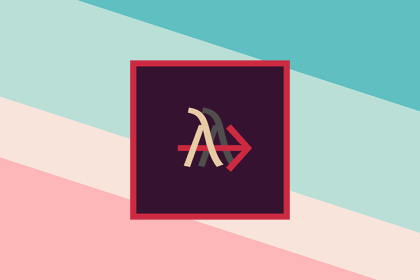
Clio is a promising programming language that’s a viable candidate for performance-critical applications. Learn more with this quick introduction.
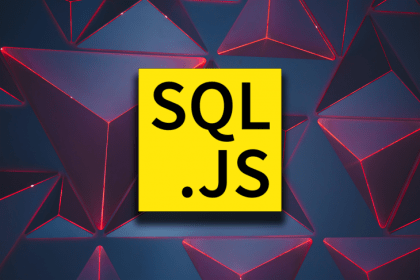
In this tutorial, we’ll discuss SQL.js, a JavaScript SQL library with which you can create and query relational databases entirely in your browser.